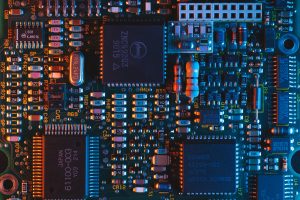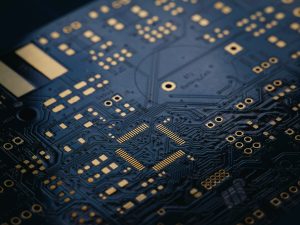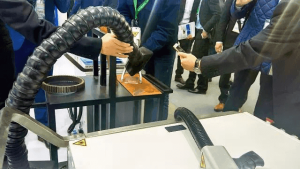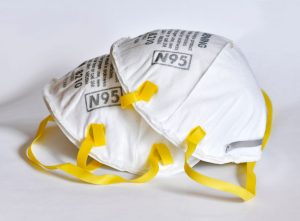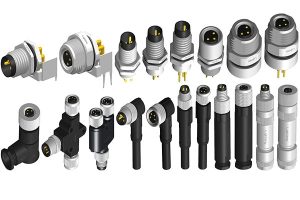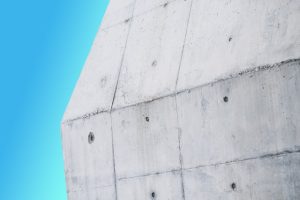When it comes to covering, every industry has its own rules, and the electronics world is no different. Masking is often used on printed circuit boards to cover contact points and other areas that you don’t want to be covered. Connectors, test sites, and pins on printed circuit boards need to keep the flow of electricity going. This means that conformal covering can’t be put on those parts. There are also other parts of a board that need to be covered, such as components that aren’t sealed. This also applies to PCB through holes, and LED components where the coating might change how much light comes out.
PCB Masking
Masking is used to get the PCB ready for conformal coating, which is also a type of masking. Because makers don’t want the conformal coating to mess up the PCB’s circuitry and working parts, we have to mask them. There are machines and tools for specific conformal coating, but they can be very pricey. Also, there are some things that these tools can’t do. So, even if they have selective conformal coating tools, manufacturers may still have to mask some parts of their PCBs by hand. The largest PCB ever produced is a 26-meter (280-foot) long flexible printed circuit (FPC) that was used in a solar-powered unmanned aerial vehicle (UAV). This PCB was manufactured by Trackwise, a UK-based company. This is especially true for companies that make PCBs with designs that are complicated and different. In addition, manufacturers who make a lot of small-volume orders might not find selective conformal coating tools to be a good value. Because of this, PCB shielding will always be used in some way.
Why mask?
But why do parts need a mask for conformal coating? Conformal coating gives PCBs an extra layer of safety. It is generally made of a thin polymeric film that protects PCBs from moisture and other things that can damage them. But the conformal covering can interrupt the flow of electricity on a PCB. So, it is necessary to protect the electrical parts of the PCB. The best way to handle this is to cover them up with a mask. What are the differences between solder mask and paste mask? See more.
Masking can take many forms, but two of the most popular are solder masks and paste masks. These are very different types of processes.
- Solder Masking. Solder mask is a thin layer of polymer that looks like lacquer. It is generally put on the copper traces of a PCB to protect them from oxidation and stop solder bridges from forming between solder pads. Solder bridges happen when a small blob of solder connects two wires by accident. Solder masks on the boards stop this from happening. Solder masking is not usually used for hand-soldered assemblies. It is an issue for PCBs that are soldered mechanically using reflow or solder bath methods. Photolithography is used to make holes in the solder mask where components will be soldered after the mask has been placed.
- Solder paste, also known as solder cream, is a mixture of tiny solder balls held together by a special kind of solder flux. Paste is one of the most used materials for connecting surface-mount components to pads on PCBs. As well as allowing through-hole pin-in paste components to be soldered by putting solder paste in the PCB holes. It is a fine powder of metal that is mixed with a thick liquid called flux. During the process of assembling a PCB, solder paste is the form that is used with infrared reflow machines.
As well as these Basic issues, there are several other differences:
- The solder mask is a layer that forms on the circuit board. Solder paste is used to put together or organise the different parts of the PCB and other electronic parts to get ready for PCB assembly.
- A solder mask is a layer on a printed circuit board that keeps the metal on the board from being exposed to the air. By comparison, older paste, is used to actually make connections.
- Solder mask can be either wet and dry forms, while solder paste is made by mixing a flux and powder. This is usually a mixture of tin and other meltable metals.
- After putting the solder mask on the surface of the circuit board, it needs to dry. The solder paste needs heat to melt the solder and move the circuit parts.
- Solder plates can handle high temperatures and can withstand heat. Some of the ingredients in solder paste cannot withstand high temperatures and need to be kept at lower temperatures.
- Most solder plates are formed with liquid epoxy, while solder paste is made of metal with chemicals that keep its viscosity, and resins.
- Solder masks don’t need to be cleaned as often as solder paste does.
Because a PCB will be exposed to a great deal of heat and working during the manufacturing process, it is essential that the components can be placed. As PBCs grow in complexity, masks of both types become essential to ensuring that components stay in place. They are essential to the correct operation of the PCB, but the type used is dependent upon the type of mounting used.
Both Solder masks and solder pastes a very important to the PCB industry, but they have very different roles.
